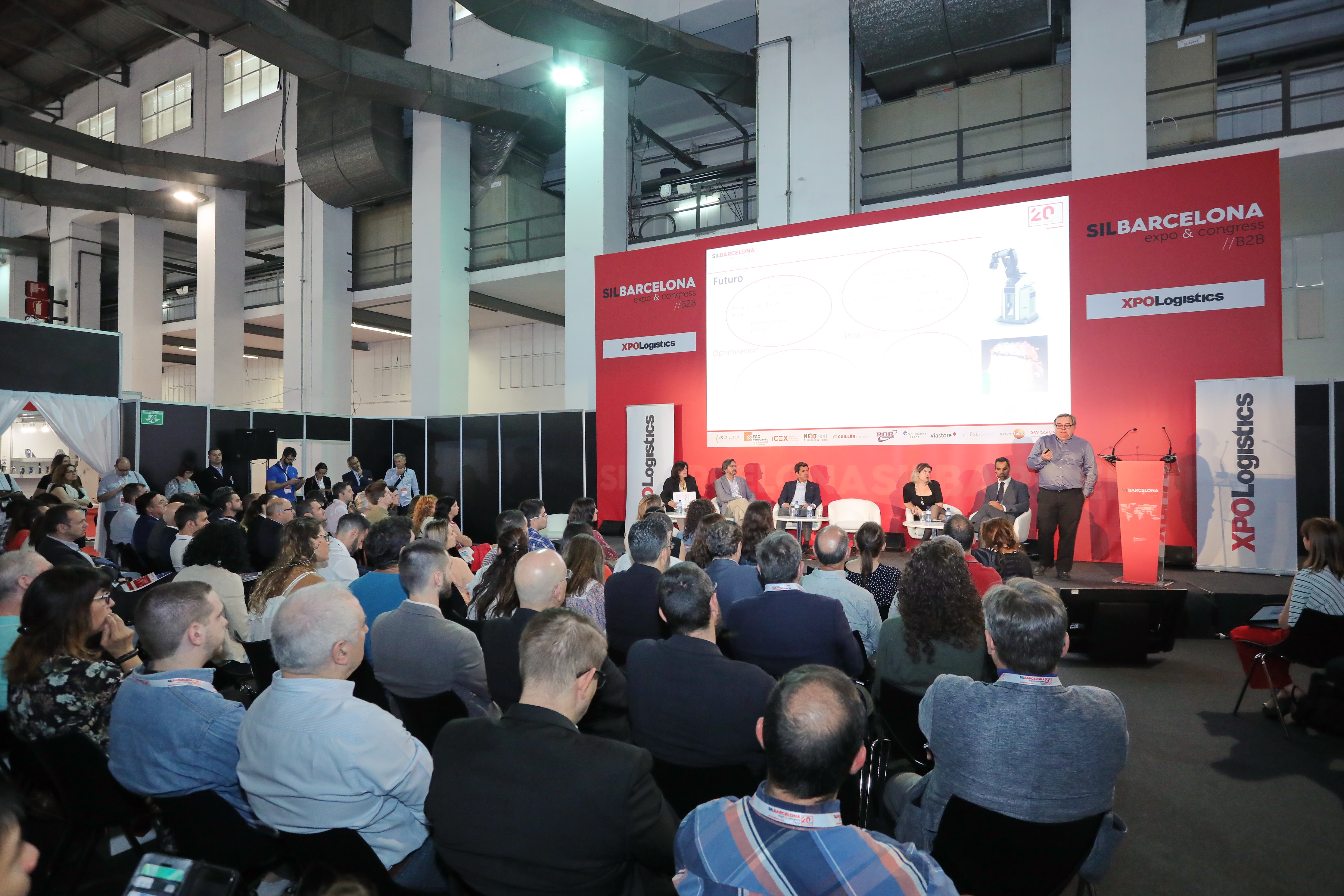According to a study by Zebra Technologies, 96% of logistics and transport companies consider the Internet of Things (IoT) to be the most important technological initiative they will adopt in the near future. Logistics can effectively be one of the fields of activity most benefited by this technological solution that allows digitally connecting objects in real time. It represents a radical change in inventory management and the distribution of any business that has a supply chain. This implies that goods, warehouses, vehicles, systems, infrastructures, different companies and main actors of the supply chain are interconnected, merging the real and digital world.
The implementation of digital sensors in warehouses and supply chains is helping to make logistics processes more efficient and reliable. Manufacturers and transporters from any sector can have more accurate information about what happens in their factories and how their products are placed on shelves and pallets, or how they travel to the end user.
One of the most important aspects of the implementation of the IoT in logistics is the visibility it provides to the supply chain as it allows to share its essential information with customers and suppliers in real time.
The benefits of the IoT application are clear and extend throughout the logistics value chain, including storage operations, freight transport, security, customer experience and business models. It materializes itself in aspects such as the location of trucks and / or merchandise in plants, data management, traceability between customers and suppliers, and even more efficient compliance with legislation.
Its importance is such that another study - conducted by DHL- which analyzes the impact of digitalization on supply chains around the world, ensures that the Internet of Things is the third technological solution that is most appealing to logistics professionals, only behind the Big Data and the cloud and ahead of the blockchain.
In warehouses, the connected sensors allow today to know a multitude of variables, such as weight, dimensions and the position of the products. Also, the trucks and the pallet carriers can detect people nearby, improving the security, or choose the best shortest way inside a great logistical installation in order to save time and energy.
The IoT can also help in key aspects of the logistics chain such as better managing the fleet of transporters, knowing at all times the location of each vehicle, noting which is the most appropriate to make a pick-up or which route is more convenient in each case, depending on the traffic and the kilometers traveled.
Thanks to this new technology, essential aspects of the transport of certain goods can be known, such as knowing if the temperature is correct, or of possible blows or breakages.
Its impact on the so-called last mile, -that is, in the final part of the distribution chain when it is time to send the order to the final customer at home, at the office or at a pick-up point enabled for the case- is also importat. It is increasingly common that the traceability systems of the packages, through sensors or RFID tags, allow the user to know at any time the location of the merchandise he has acquired and to have a rough idea of when he will receive it.

